Thessaloniki gets ready for its metro launch in November
The underground rapid transit lines have been under construction for almost two decades due to various project delays
 TheMayor.EU logo
TheMayor.EU logo The City of Villach is investing more than 1 million euros in bicycle infrastructure
Cycling is widespread in many countries in Europe and is considered one of the ways to reduce harmful emissions from cars and ease congestion. This is particularly true for large cities. This, of course, necessitates the construction of the right infrastructure and introduction of the appropriate policies and laws.
Austria is one of the EU countries which has put in place a number of strategies and plans for environmental protection and it moves towards an environmentally friendly economy, transport and lifestyle. One such strategy is the 2015-2025 Cycling Master Plan, which aims to increase the percentage of cyclists by 31%.
The plan was developed by the Ministry of Agriculture, Environment and Water Management and covers four advisory and funding areas. One of them addresses mobility management in individual cities, municipalities, and regions.
Carinthia has the lowest percentage of projects related to bicycles and their infrastructure – 85 for the period 2007-2014 and a correspondingly low percentage of reduced greenhouse gases.
One of the cities in the area has taken another step towards building the best bicycle infrastructure with an investment of over one million euros. The goal is to make the city one of the best for cyclists in the area.
According to mayor Günther Albel, expanding the city`s bicycle network will not only meet the requirements for diversification of the city`s mobile network but will also reduce traffic, congestion and exhaust fumes.
The project envisages several activities, namely:
Further investments to expand the infrastructure are also planned.
Nearly EUR 2 million have already been invested since 2018, with the city centre already fully open to cyclists. The already developed infrastructure and the further plans of the municipality have been welcomed as a good step forward in making the city a place suitable for cyclists by representatives of various organizations. It is also expected to increase the number of people who will choose to travel by bike instead of by car.
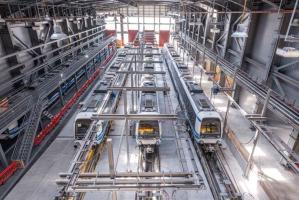
The underground rapid transit lines have been under construction for almost two decades due to various project delays

Now you can get your wine in Talence by paying directly in Bitcoin

That’s because the state has to spend money on updating the railway infrastructure rather than subsidizing the cost of the popular pass

Rethinking renewable energy sources for the urban landscape

The examples, compiled by Beyond Fossil Fuels, can inform and inspire communities and entrepreneurs that still feel trepidation at the prospect of energy transition

Now you can get your wine in Talence by paying directly in Bitcoin
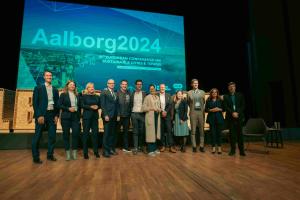
The 10th European Conference on Sustainable Cities and Towns (ESCT) sets the stage for stronger cooperation between the EU, national and local level to fast track Europe's transition to climate neutrality.

At least, that’s the promise made by the mayor of Paris, Anne Hidalgo

The underground rapid transit lines have been under construction for almost two decades due to various project delays

At least, that’s the promise made by the mayor of Paris, Anne Hidalgo
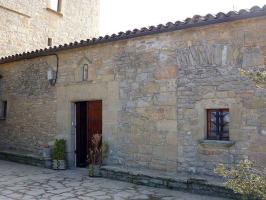
Hostal de Pinós is located in the geographical centre of the autonomous region
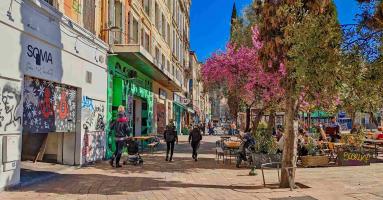
Despite its church-y name, the district has long been known as the hangout spot for the artsy crowds

Urban dwellers across the EU are having a say in making their surroundings friendlier to people and the environment.
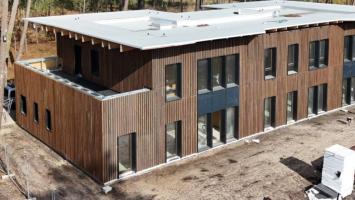
Forests in the EU can help green the European construction industry and bolster a continent-wide push for architectural improvements.

Apply by 10 November and do your part for the transformation of European public spaces

An interview with the Mayor of a Polish city that seeks to reinvent itself

An interview with the newly elected ICLEI President and Mayor of Malmö

A conversation with the Mayor of Lisbon about the spirit and dimensions of innovation present in the Portuguese capital














